Typically taken in fourth year, a practicum or placement course allows you to apply for an unpaid position within an organization and work part-time for course credit.
Take your studies out of the classroom and apply the skills you’ve learned in an actual work situation. You’ll get hands-on experience, opportunities to network with people working in your chosen field and insight into the kinds of employment positions and activities you might encounter after graduation.
This course examines the forms, goals and practices of making history in museums, archives, historic sites and other institutions of public history. It enables students to learn the meaning and methods in the production of memory and introduces them to the practical skills for the public presentation of historical knowledge. The course combines analytical study with a part-time placement in a public-history site in the winter term.
Course credit exclusion: GL/HIST 4310 6.0
Note: Priority is given to History Honours Majors and Minors, and Public History Certificate students who have successfully completed at least 84 credits.
How to Apply

Review course prerequisites.

Check your assigned enrolment date and time prior to the Fall term.

Enrol in HIST 4840 6.00 using the Registration & Enrolment Module.
FAQ
What is a placement?
Placements are designed to help you connect competencies and skills learned in the classroom with hands-on work experience in an organizational setting. These placements focus on career exploration, employability and professional skill development, with an emphasis on achieving specific course learning outcomes. Since placements are tied to a course, you earn academic credit. Placements are completed on a part-time basis to ensure you can balance your coursework and other commitments.
What kind of work can I complete during placement?
In the Winter semester, you will be placed with a museum, archives, heritage institution, or digital history initiative for the placement portion of the course. You complete a range of projects, including physical and digital exhibitions, artifact research, social media campaigns, oral histories and podcasts and lesson plans.
How many hours do I need to complete for placement?
You will provide 120 hours of service (10 hours per week) to your public history placements over the Winter term. You will negotiate your schedules directly with the on-site supervisor and keep track of your weekly activities in a logbook. At the end of the winter term, you will present your projects at an annual Student Public History conference attended by history department faculty, placement supervisors and fellow students.
How can I find a placement for this course?
The Course Director develops placement projects in consultation with partner institutions. You will submit rationale statements for your top three placement picks; the professor will endeavour to place you at one of your selected sites.
Can I create my own placement for this course?
You will have a wide variety of placements to choose from. These placements are carefully developed with partner institutions to provide meaningful experiences for students. In rare circumstances, you can propose a placement with a partner institution that will be suitable for the course, subject to approval of the course director.
How are placements graded?
Please review the course outline carefully at the start of the term. A significant portion of your grade depends on your performance during the placement and your supervisor will also be asked to provide an evaluation.
What about insurance?
The Ministry of Colleges and Universities (MCU) provides Workplace Safety and Insurance Board (WSIB) coverage (or, in some instances, other insurance coverage) for Ontario post-secondary students who are completing an unpaid placement as a part of their course/program.
Note
Please note that the placement cannot begin until an Agreement between York University and the Placement Organization is signed. The EE Office will work with your Course Director to facilitate this process.
You could work here!
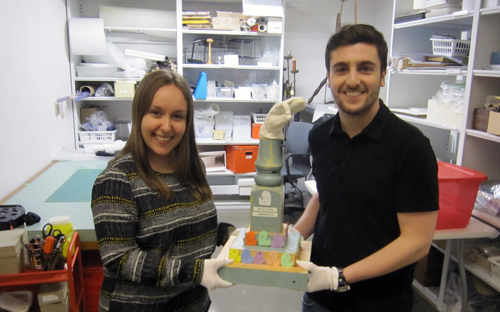
Sarah Persichitti & Ohan Stamboulian worked at The Markham Museum.
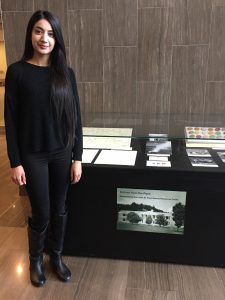
Manprit Gill worked a the Archives of Ontario.
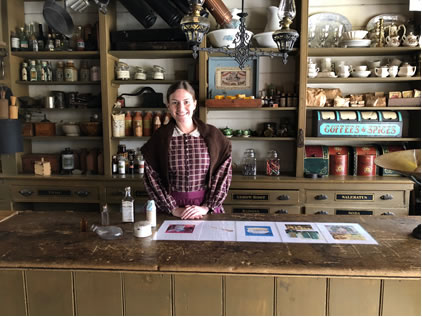
Christina Bialy worked at the Black Creek Pioneer Village.
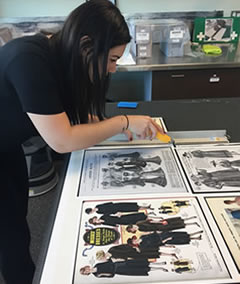
Luiza Samoilescu worked at the Archives of Ontario.
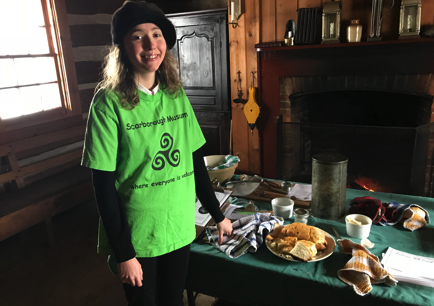
Adriana Mitreska worked at the Scarborough Museum.
I was an undergraduate student in the Department of History, and my experience was the monumental factor that started my career. I work in the museum field, and the experiential approach to education as embodied by the Public History program’s foundation, still many years later, is an invaluable asset to my day-to-day. Being able to work on-site in a museum during the semester and having coursework that relates directly to your co-op is incredibly useful.
— Ohan Stamboulian
Alumnus, History '16

